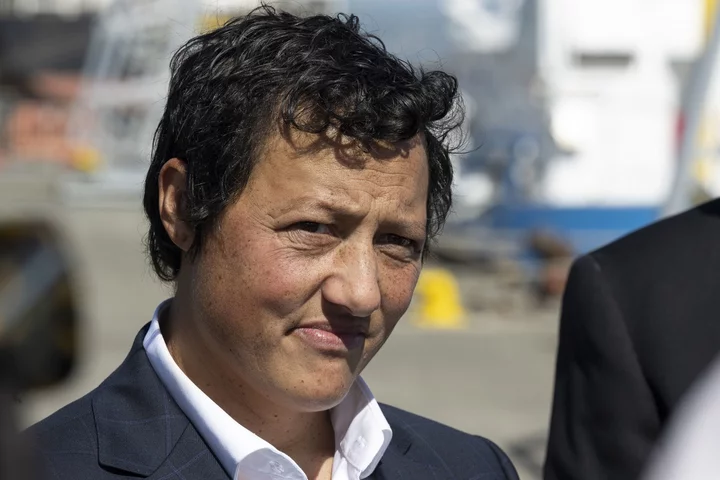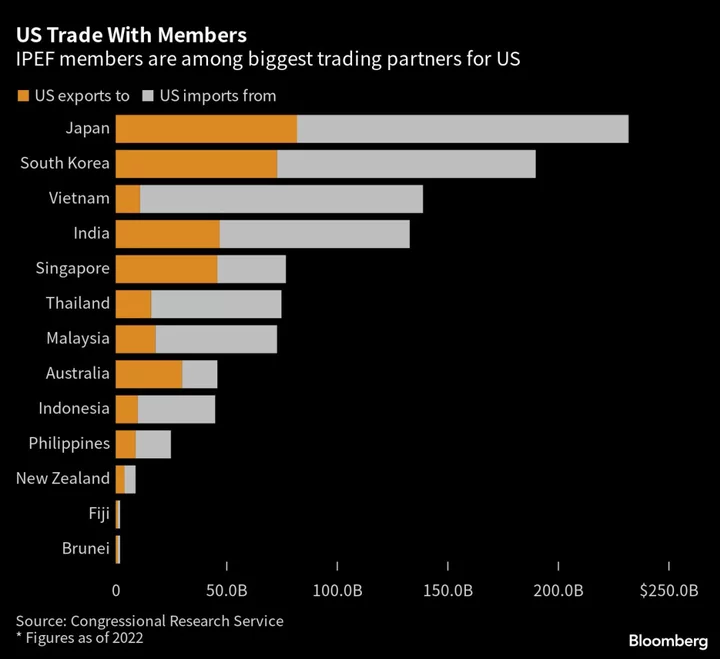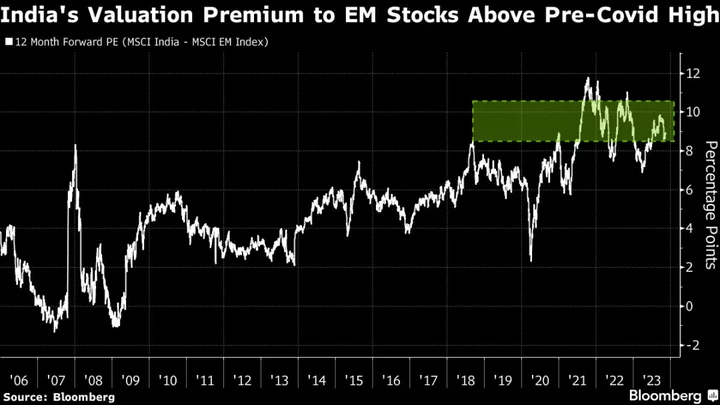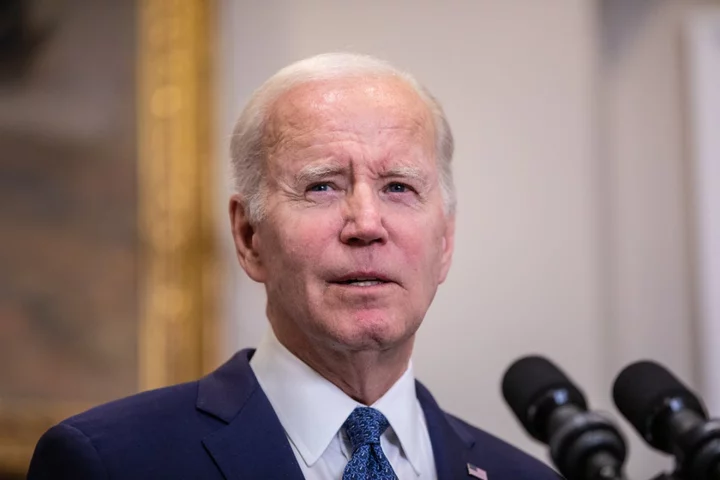Progress in elevating women into Australia’s top corporate roles has stalled despite the country’s gender pay gap narrowing to the lowest in more than a decade.
The average annual pay difference between men and women narrowed by A$1,322 ($867.83) to A$26,393, a drop of 1.1 percentage points since last year. It’s the second-largest annual decrease since the Workplace Gender Equality Agency began surveying employers in 2014 for its Employer Census, which this year covered 4.8 million workers.
While the proportion of women in management has been increasing at every level, that doesn’t include chief executive officer, the WGEA report showed. Across the workforce, the proportion of female board members remained the same as 2022 — at just 34% — while 22% of CEOs were women.
The agency’s report comes as Australia takes steps to confront its wage disparity, which is slightly below the OECD average. The nation ranks 26th on the 2023 Global Gender Gap Index, which is topped by Iceland, Finland, Norway and New Zealand. Starting next year, individual companies with 100 workers or more will be required to report their gender pay gap data on a yearly basis as part of new income equality legislation. Currently, results are only disclosed by industry rather than by company.
Read more: Australia’s Biggest Employers Forced to Reveal Gender Pay Gap in New Law
The UK, Japan and the US all have similar wage transparency measures. Still, in the UK, there has been limited progress in closing the pay gap, without any progress between 2022 and 2023. And in the US, progressive think tank the Center for American Progress reported this year that wage gaps along gender and racial lines have cost the country’s women $61 trillion since 1967.
Australia’s drop was driven “by an increase in the proportion of women in senior management and manager roles and corresponding increases in pay” WGEA Chief Executive Officer Mary Wooldridge said ahead of the report’s release. The tighter labor market has also likely driven employers to hire more women in management and higher income roles, the WGEA added.
The country’s industries with the largest average gender pay gap are construction, at 28.3%; financial and insurance services at 26.2%; and rental, hiring and real estate services at 23.1%, the agency found. The lowest pay gap was in accommodation and food services, with 6.4%.
Globally, women are paid about 20% less than men, according to the International Labour Organization.









